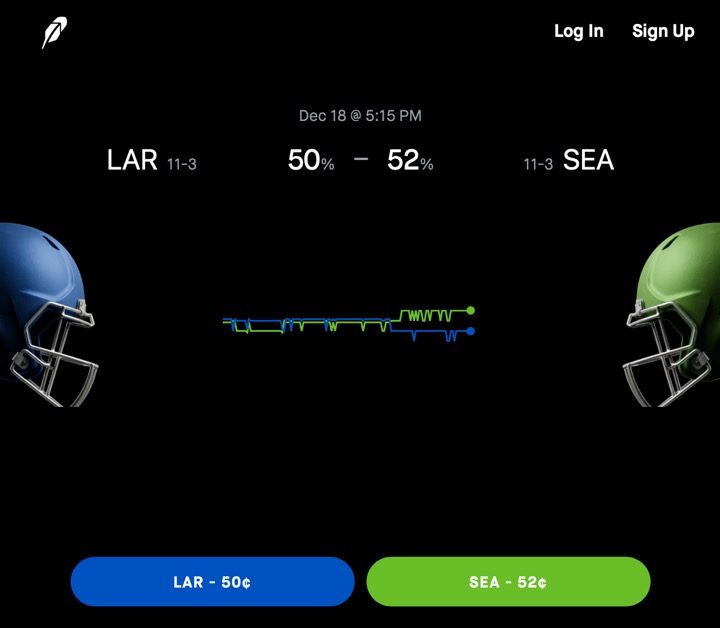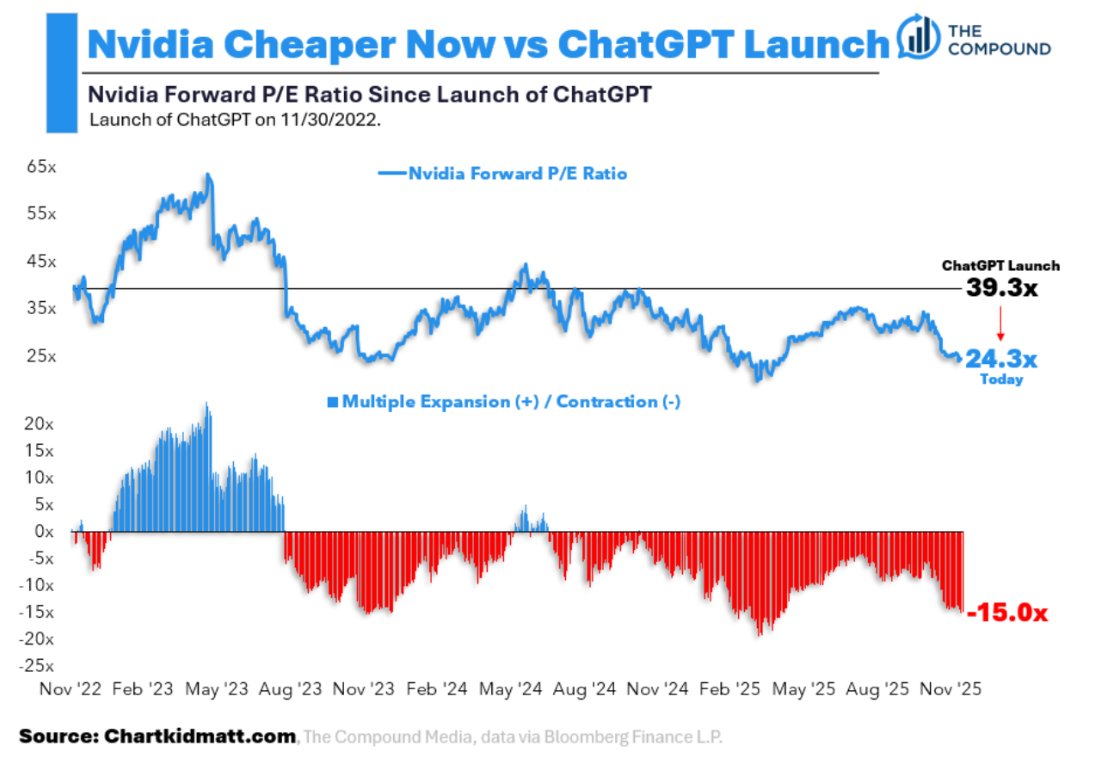The Federal Reserve has transitioned its Fedwire Funds Service to the ISO 20022 messaging standard, making the new protocol mandatory for all U.S. banks.
ISO 20022 provides a single, standardized messaging framework designed to improve interoperability among financial institutions, market infrastructures, and end users. The new standard is expected to enhance payment transaction efficiency, strengthen fraud detection, and support advanced data analytics. However, it may also create ripple effects across other areas of the payments industry.
The Fed’s legacy messaging format, FAIM, has been discontinued. This shift aligns the U.S. with other regions that have already adopted ISO 20022. Notably, the global cross-border payments system Swift is already using the new format to fuel an enhanced solution for managing payment investigations—significantly reducing the time required to resolve delayed payments.
Benefits Are Many
Financial institutions should also start to see many improvements firsthand.
These benefits may not be immediately obvious—especially before an FI has adopted the ISO 20022 standard—but they are significant.
The richer data accompanying these payments will deliver real value to financial institutions. Beyond offering more detailed transaction information, the improved data quality and consistency enable more sophisticated fraud detection algorithms, which can help reduce fraud losses. The ISO 20022 standard also streamlines payment processing by minimizing manual interventions and their associated costs.
“ISO 20022 is important, but it’s not the real story,” said James Wester, Co-Head of Payments at Javelin Strategy & Research. “What banks do with it after compliance is. The industry has mostly treated it like a checkbox exercise.
Even having a deadline reflects that mindset. The real value comes from actually using the new data to modernize payments infrastructure: orchestration, fraud, reconciliation, cross-border.”
The Effect on FedNow
Real-time payments should see fewer errors and improved remittance details with the roll out of ISO 20022. One of the biggest beneficiaries could be FedNow, the Fed’s two-year-old instant payment service, which was built on the ISO 20022 standard.
“FedNow adoption will eventually benefit from ISO 20022, but not because of it alone,” said Wester. “Banks still need to rethink key parts of the payment stack like liquidity, risk, and back-office design. Even customer experience and product strategy need to be re-evaluated.
ISO 20022 matters, but modernization only happens if someone decides to build on it.”
Disclaimer: This story is auto-aggregated by a computer program and has not been created or edited by finopulse.
Publisher: Source link








